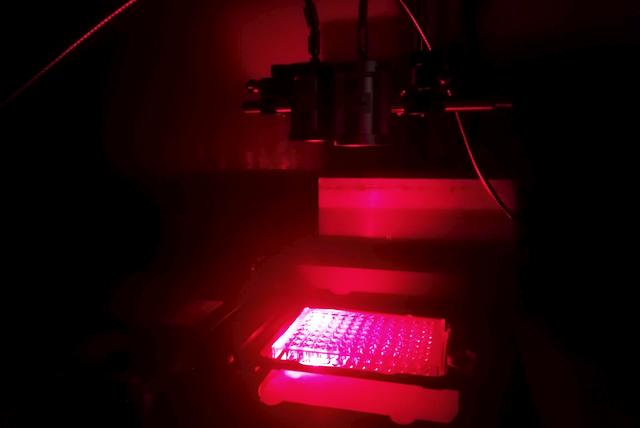"Listening" to cancers to perform diagnoses and develop treatment plans

The optoacoustic effect transforms light into sound waves. This mechanism can be exploited to identify and target tumour cells. A research group led by Unibo scholars suggested this new approach. Their study published in the Journal of Advanced Functional Materials shows how a carbon-based molecule - fullerene - can be employed to develop a tool to diagnose and treat cancer.
"Fullerenes can increase diagnosis abilities of optoacoustic imaging by enhancing their spatial resolution (it can catch an entire organ as well as details at the sub-cellular level)", says Matteo Calvaresi, who coordinated this research and is a professor at the University of Bologna. "This study suggests the possibility of using optoacoustic effects in theranostic applications eventually targeting single tumour cells with new contrast solutions".
Up until now, the main diagnostic imaging techniques have exploited light waves. However, dispersion phenomena cause light irradiation through human tissue to weaken. This results in a loss of resolution of the images, thus limiting the view over deeper tissues. Optoacoustic systems, on the other hand, bring many advantages, as sounds can resonate through the tissues of our body (both inwards and outwards).
Moreover, some materials emit sound waves when a quick series of light waves hit them. By selecting the right frequency, this material expands and consequently clenches, generating a detectable sound wave. Fullerene is one of these materials. It is a sphere-shaped carbon-based molecule, very similar to a soccer ball, that can produce intense sound waves thanks to its peculiar structure.
The only issue with fullerene is that it does not dissolve in water. So far, this has prevented its potential for biomedical application to be fully exploited. For this reason, researchers of the University of Bologna set out to solve this issue by working with a research group of the Center for Translational Cancer Research (TranslaTUM) in Monaco (Germany). The centre coordinator is Vasilis Ntziachristos, one of the inventors of photoacoustic microscopy.
"We went about this issue by using the Trojan Horse trick. We hid fullerene within a natural protein", states Matteo Di Giosia, first author of the study and Unibo researcher. "In this way, we killed two birds with one stone: the issue of fullerene insolubility within the physiological environment and that of its low biocompatibility that is instead assured thanks to the natural protein we selected".
This new solution improves diagnostic systems by going deeper into the tissues and providing images that are more accurate. Using fullerene for optoacoustic cancer treatments can also bring to the creation of theranostic platforms. The latter are innovative treatments that identify and eliminate cancer cells through light.
"What we are going to do next is trying to put fullerene only in cancer cells", says Matteo Calvaresi. "We are working on viral vectors able to selectively infect cancer cells. In this way, we can exploit the virus selection ability and lead it towards the receptors of the over-expressed genes of the tumour cells".
The study titles “A Bio-Conjugated "Fullerene as a Subcellular-Targeted and Multifaceted Phototheranostic Agent” and features in the Journal of Phototheranostic Materials. A research group of the University of Bologna carried it out with scholars from Bari "Aldo Moro" University and TranslaTUM (Germany). This research was made possible thanks to the Synergy and NanoPhage projects. These projects are funded by AIRC - the Italian Foundation for Cancer Research and are operative at the NanoBio Interface Lab of the Department of Chemistry "Giacomo Ciamican" of the University of Bologna.





